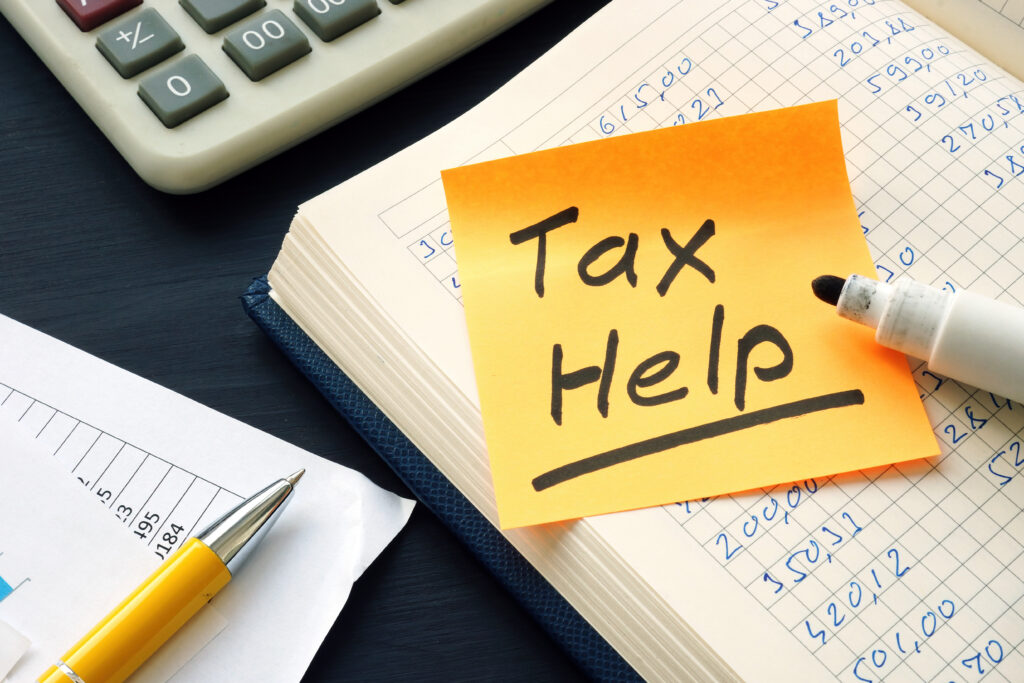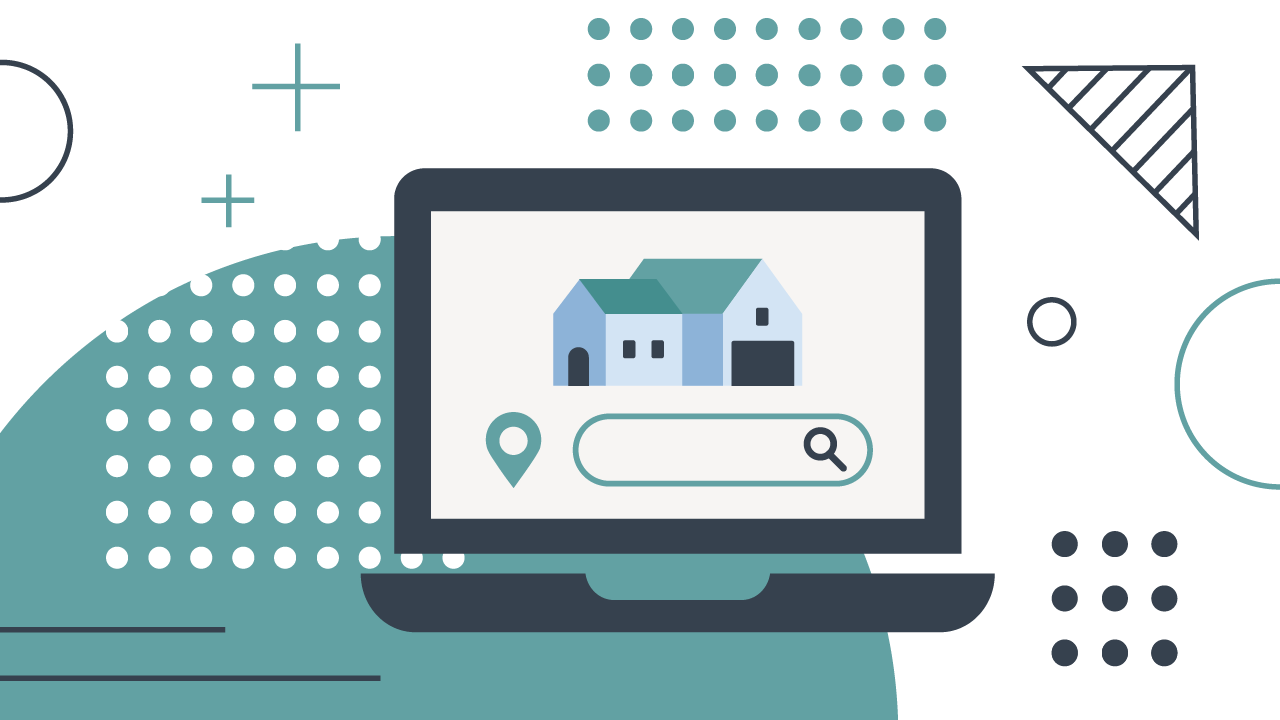How to File Taxes, Get Help With Tax Debt, and Track Your Refund


Filing taxes can feel stressful, especially if you owe the IRS or aren’t sure when your refund will arrive. Knowing how the process works can make it easier to stay on track. With the right information, it’s possible to file accurately, find help if you’re behind, and understand how long it might take to get your refund.
Filing taxes with the IRS means submitting the right forms to report your income, claim deductions, and determine what you owe or might get back as a refund. Here’s what to know to get started:
IRS tax filings are how individuals and businesses report their yearly earnings and taxes owed. Your tax return lets the IRS figure out if you’ve paid the right amount—or if you’ll get a refund.
If you owe the IRS and can’t pay right away, you’re not alone. Tax debt can grow quickly because of interest and penalties. But the IRS offers several programs that may help you manage what you owe.
Tax debt often starts when someone underpays, misses a deadline, or can’t cover their full balance. Over time, added fees can make the amount even harder to pay off.
Some companies claim they can wipe out your tax debt completely. Be cautious. Not all services are trustworthy, and the IRS warns against high-fee firms that make unrealistic promises. It’s usually safer to work directly with the IRS or talk to a qualified tax professional.
The IRS usually processes e-filed returns within 21 days. This is the fastest way to file and get your refund. Paper returns take longer—often six to eight weeks or more—because they must be handled manually.
Your refund may take longer if your return has:
You can check your refund status using these IRS tools:
These tools typically update 24 hours after an e-filed return is received, or about four weeks after mailing a paper return.
How you choose to receive your refund also affects timing:
Getting your taxes filed correctly and on time can help reduce stress and prevent delays. These simple steps may help make the process easier:
Gather all the documents you’ll need before you start. This might include:
Having everything in one place can make the process faster and help avoid mistakes.
Simple errors can cause delays. Before you submit your return, check that your:
Filing electronically can be faster and more accurate than paper filing. It also allows you to track your return and may reduce the chances of processing errors.
Direct deposit is the quickest way to get your refund. You can split it between multiple accounts if you choose, and it’s more secure than waiting for a paper check.
Filing your taxes with the IRS doesn’t have to be overwhelming. When you understand the steps involved—filing the right forms, exploring safe options for managing tax debt, and knowing how long refunds might take—it’s easier to stay organized and avoid surprises.
If you’re struggling to pay what you owe, the IRS has programs that may help based on your situation. Acting early and using trusted tools or professionals can make the process more manageable.
The content provided is intended for informational purposes only. Estimates or statements contained within may be based on prior results or from third parties. The views expressed in these materials are those of the author and may not reflect the view of National Debt Relief. We make no guarantees that the information contained on this site will be accurate or applicable and results may vary depending on individual situations. Contact a financial and/or tax professional regarding your specific financial and tax situation. Please visit our terms of service for full terms governing the use this site.

Unexpected expenses can happen without warning—a flat tire, a medical bill, or a sudden pet emergency. Having an emergency fund...

Back Who We Are Our Purpose We ignite human potential to build understanding and create new possibilities for a better...

Property tax appeals platform Pricing is based on an annual subscription Receive a AI-powered property assessment within seconds AI-powered platform...